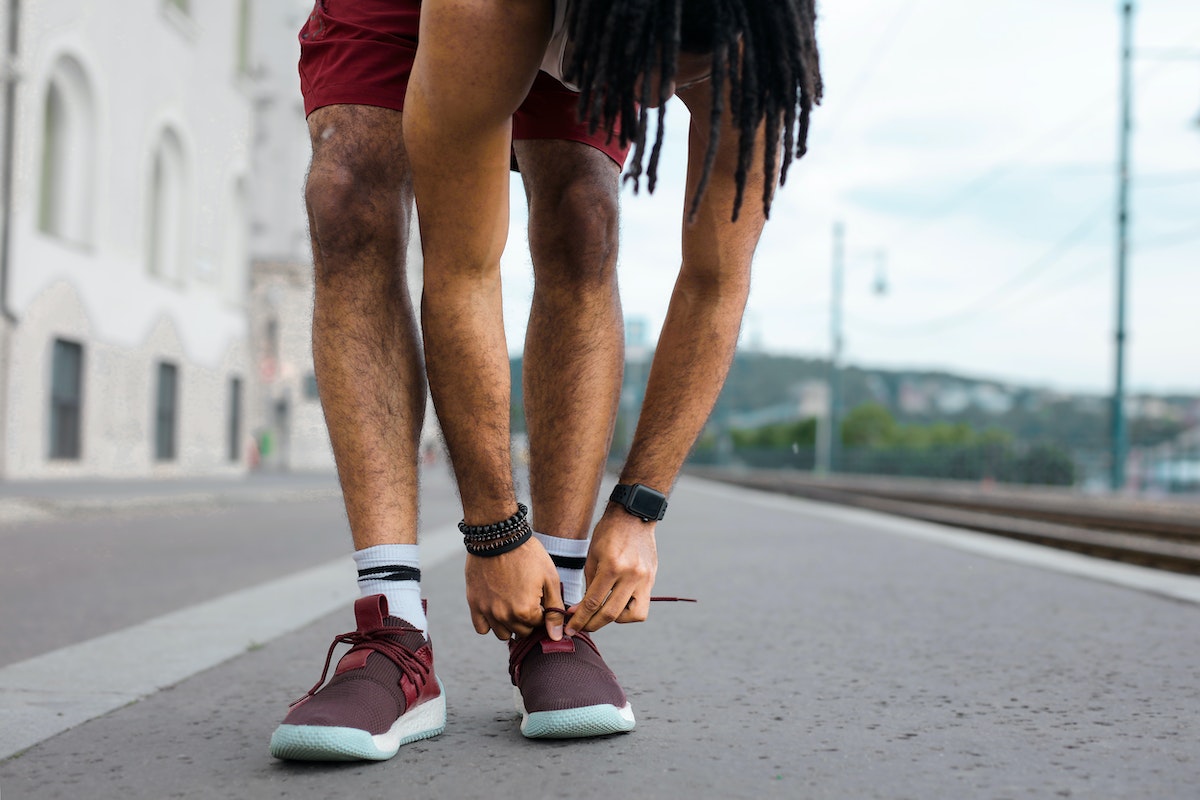
Mobility, often mistaken for flexibility, stands at the foundation of maintaining a robust range of motion and ensuring joint health. As the mechanics of our bodies get intertwined with our daily habits and postures, understanding and integrating mobility exercises into our routine becomes paramount for both athletes and the general population.
1. What is Mobility?
Mobility is the ability of a joint to move through its complete range of motion, with strength and control. While flexibility pertains to the muscles’ capability to stretch, mobility is a more holistic view, encompassing joint function, muscle length, and soft tissue function. The duo, though different, works hand in hand.
For instance, having flexible hamstrings is great, but if your hip joint doesn’t move adequately, the range of your movements will be restricted regardless of your muscle flexibility.
2. Why is Mobility Important?
Mobility plays a critical role in our daily actions, from bending down to tie a shoe to performing a heavy deadlift in the gym. Its significance is multifold:
- Maintaining a Full Range of Motion. With poor habits or lack of movement, our joints can lose their full range of motion over time. Therefore, mobility exercises help restore this, ensuring fluidity in movements.
- Injury Prevention. Proper joint function can prevent excessive strain on muscles, reducing the risk of injuries. For athletes, it can mean the difference between a career-ending injury and peak performance.
- Enhancing Quality of Life. As we age, mobility tends to decrease. Regular mobility work ensures that we can perform daily tasks with ease and independence even in our later years.
3. Common Misconceptions About Mobility:
- It’s Just for Athletes. While athletes can greatly benefit from enhanced mobility, even someone working a 9-to-5 desk job can find value in improving joint function to counteract hours of sitting.
- It’s Time-Consuming. Even a short, focused 10-minute routine can result in noticeable changes over time.
4. Simple Mobility Tests and Drills for Major Joints:
Incorporate these tests and drills to get a sense of your mobility and to improve it:
- Shoulder Circles. Stand tall, extend one arm, and try to draw the biggest circle possible without moving your torso. This tests and improves shoulder mobility.
- Hip Hinge Pattern. With a straight back, bend forward from the hips. How far can you go without rounding the back? This movement is crucial for tasks like lifting and showcases hip mobility.
- Ankle Dorsiflexion Test. In a half-kneeling position, how far can you move your knee forward without lifting the heel? Adequate dorsiflexion is vital for squatting and many athletic movements.
- Spinal Rotations. Sitting cross-legged, rotate your torso left and then right. This move checks the mobility of the thoracic spine, a commonly stiff area.
5. The Role of Soft Tissue Work in Mobility:
Using tools like foam rollers for myofascial release can alleviate tightness, helping in enhancing mobility. Soft tissue work aids in breaking down muscle knots and increasing blood flow, making it easier to move through a greater range.
6. Dynamic vs. Static Stretching:
On one hand, dynamic stretches, like leg swings or arm circles, are best before workouts to prepare the body for movement. They improve mobility by taking joints through their range of motion. On the other hand, static stretching, where you hold a stretch for a period, can be beneficial post-workout to enhance flexibility.
In conclusion, understanding and prioritizing mobility is not just for those in pain or athletes but for everyone who wishes to move freely, efficiently, and without discomfort. Embracing a proactive approach to mobility can result in significant long-term benefits, improving overall functionality and quality of life.



